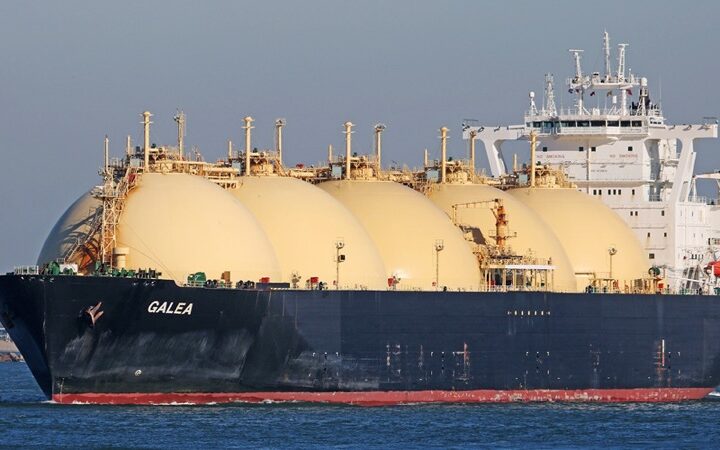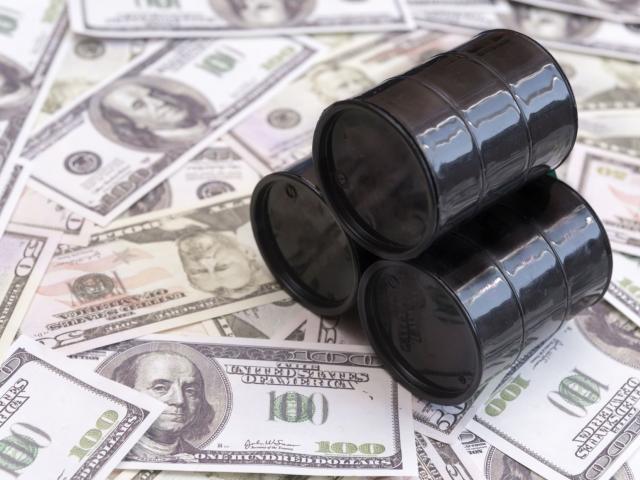Factors that affect the value of fine art
BY JAMES CHRISTOFOROU
Art is purchased for a number of reasons: aesthetic, decorative, collective. Purchasing art for investment purposes is widely accepted and practiced. As with all investments, the risks associated with buying art are reduced when the purchaser is well-informed. Therefore, it is prudent to seek the advice of knowledgeable professionals as with any other type of investment.
Despite the economic downturn of the past year, we continue to experience unprecedented demand in fine art. As a result, prices are holding steady and in many cases increasing again after a short downturn earlier this year. In the major art markets of North America and Europe, demand is particularly strong for popular established contemporary artists, while demand for historically significant deceased artists was never really affected by the economic downturn. The same trends were observed in the relatively smaller regional markets of Greece and Cyprus where interest is centered on Greek and Cypriot artists.
What are the factors that affect the price of a work of art? Why are there price differences between artists as well as artwork by the same artist? Why do some artists retain their desirability and increase their value while others lose their appeal and worth? And finally, why do so many artists remain largely unknown with inconsequential demand and on rare occasions are suddenly discovered their works are sought after?
Unfortunately, there are no established rules that determine the commercial value of an artist’s work. Art is a finicky product that does not exactingly adhere to the laws of supply and demand. In an efficient market, if a product is not in demand it is not produced. This is not the case for art. Art is constantly produced, and in quantities that far exceed demand. In contrast to other products, artists do not produce art because others want it but instead because they themselves want it.
Factors That Affect Prices
The price of an artwork is based on who created it. Consequently, the price of an art work is determined by the artist and his career. It is therefore important to study an artist’s career and know the main factors that will affect the price of his art.
The first and easiest factor to check is the artist’s education. An artist with a formal training in art is always preferred. An education at an academy or university of fine arts offers technical knowledge, intensive study in the history of art, constant contact and exchange with professors, artists and fellow students, and continuous practice and experimentation.
Next, it is also important to study the artist’s commercial experience. Solo gallery shows at established and respected galleries are important. Galleries play an essential role in the development and promotion of an artist. It is in the gallery environment where an artist shows his new work first and where the artist’s prices in the primary market are set. Galleries offer an artist the chance to show his work to the public at large, and more importantly, give the opportunity for art enthusiasts to follow an artist’s work and prices and compare them with other artists.
In addition to the solo exhibitions, group exhibitions are also critical. Participation in important international biennales, presentations in museums, inclusion in books and catalogues, as well as presentations at international art fairs are significant.
Additionally, the support of an art critic or an art historian who prologues an exhibition catalogue or writes a critique on the artist must be taken into consideration.
Of significance, especially for artists with longer careers, is what museums, foundations and collections, private and public, own the artist’s work. The institutional and individual collections that hold an artist’s work affect the value of his art.
The inclusion of an artist in auctions offers important publicity as the work is displayed to a wide audience. It is also a recognition of the artist since it is usual for accomplished and popular artists to be included in auctions. Additionally, auction sales are public events, therefore there is more transparency in the sale of art. Also, the sale price is determined by the demand on the auction date and it is publicised, in contrast to gallery or private sales, the details of which are never revealed.
Finally, an artist’s image and public relations skills should never be underestimated. Positive press coverage, the right connections and friends, are key. Good public relations give the artist name recognition to a wide audience which is familiar with 5-10 artists simply because their names are often publicised. It is important to be aware of the dangers and traps the buyer is vulnerable to when selecting art on image alone. When the hype, social circles and media coverage surrounding an artist move on, the bare truth is exposed: the work and true value of the artist.
James Christoforou is the Director of AlphaZmart Auctions in Nicosia. [email protected]







